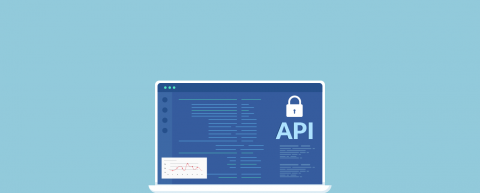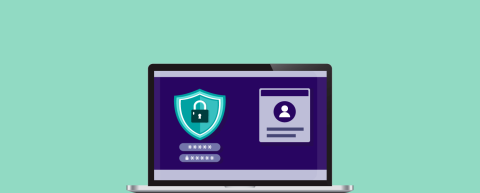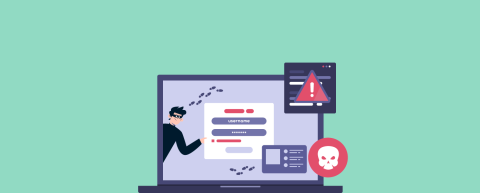10 Important Data Privacy Questions You Should be Asking Now
As data breaches continue to rise, businesses face significant financial losses. The recent $350 million loss incurred by T-Mobile underscores the urgency of addressing data theft. Despite these challenges, many companies overlook data privacy, extending the risk of further breaches. In this article, we explore why data privacy is crucial for businesses, and address important data privacy questions you should be asking now.











